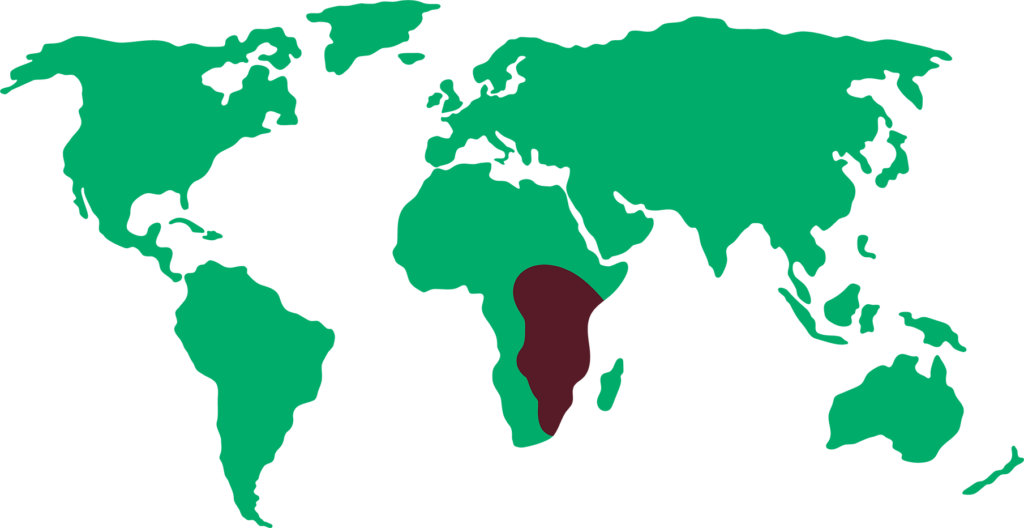EAGLE OWL
Bubo bubo

LENGTH

150 – 188 cm
WEIGHT

1,5 – 4 kg
LIFESPAN

30 years
The eagle owl (Bubo bubo) is one of the largest nocturnal birds of prey in the world and the largest in Europe. It belongs to the Strigidae family and is characterised by its large orange eyes and its “ears” or tufts of feathers.
General characteristics
It is a large bird, measuring between 60 and 75 cm in length and with a wingspan of up to 1.9 m.
Its plumage is mottled in shades of brown, black and beige, allowing it to camouflage itself easily.
It has powerful claws and a curved beak adapted for tearing flesh.
Males are slightly smaller than females, but very similar in appearance.
Feeding
Its diet is very varied: it consumes small mammals, birds, reptiles and even other predators. It hunts mainly at night, from an elevated perch, launching itself in silent flight onto its prey.
Behaviour
It is a solitary and territorial bird, active mainly at dusk and during the night.
It navigates by sight and hearing, both of which are extremely well developed. It emits a deep, powerful song, especially during the breeding season.
Pairs remain together for years and defend their territory from intruders.
Reproduction
The breeding season begins at the end of winter. The female usually lays 1 to 4 eggs, which she incubates for just over a month.
The chicks remain in the nest for about six weeks, although they depend on the adults for several more months. The nest is usually located on rock ledges, in caves or even on protected ground.
Threats
Among the main threats to this species are electrocution from power lines, illegal hunting, the use of poisons, and habitat loss.
Vehicle accidents also affect the population.
Distribution
The eagle owl inhabits much of Europe, Asia and North Africa. In Spain, it is found throughout most of the country, except for the Balearic and Canary Islands. It prefers rocky, mountainous areas and open forests with cliffs where it can nest.

Did you know?
The eagle owl can turn its head up to 270 degrees without damaging its blood vessels or nerves.
Its eyes do not move within their sockets; they are fixed, so it relies on neck movement to look around.
In many cultures, it has been considered a symbol of wisdom, but also of mystery or omen.
Conservation status
